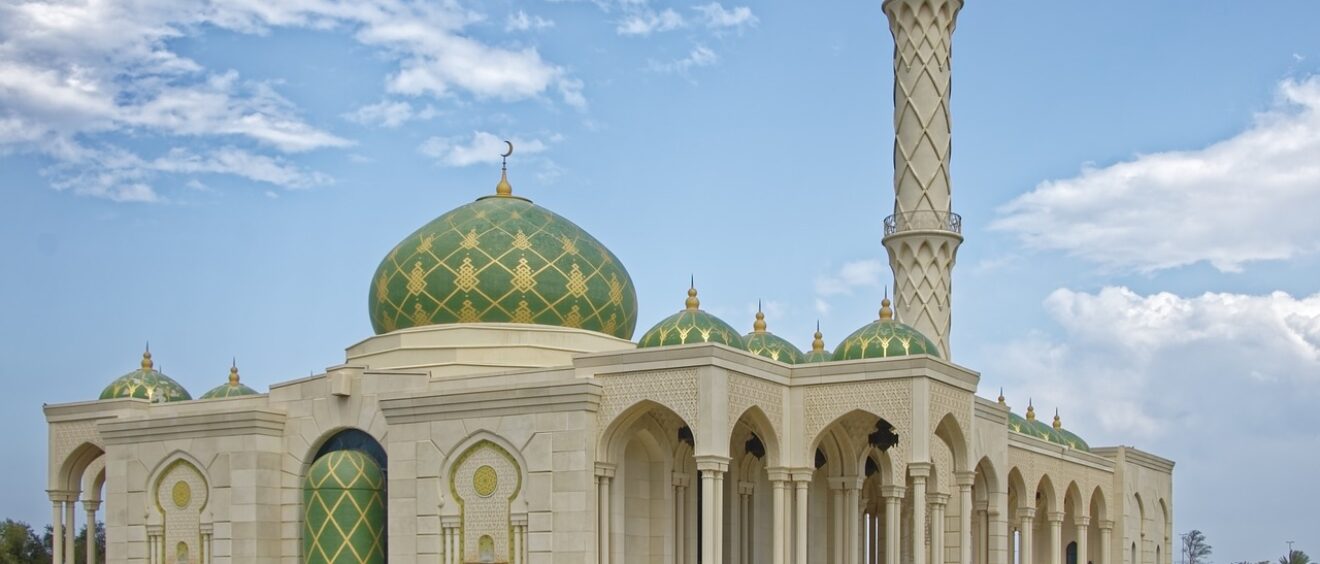
Oman’s Islamic banking assets grew by 12.6% year-on-year
In terms of market share, Oman’s Islamic banking assets now constitute 17.2% of the total banking sector assets as of the end of June
The total assets of the sultanate’s Islamic banks and windows grew by 12.6% year-on-year, reaching the RO7bn mark at the end of June 2023, according to data from the Central Bank of Oman.
In terms of market share, Oman’s Islamic banking assets now constitute 17.2% of the total banking sector assets as of the end of June, as per the central bank’s data.
‘The Islamic banking sector has been growing in tandem with the improving economic conditions, rebounding after the pandemic. Islamic banking’s importance is on the rise as it continuously captures a larger market share,’ stated the CBO in its Financial Stability Report for 2023.
According to the CBO’s data, Oman’s Islamic banking entities provided financing worth RO5.8bn as of the end of June 2023, recording a growth of 12.8% over the previous year.
The total deposits held by Islamic banks and windows increased by 10.5% to RO5.2bn at the end of June this year, compared to the previous year.
Fitch Ratings anticipates that the Omani Islamic banking sector’s market share will steadily rise in 2023 and 2024, following its growth to 16.4% of the total sector assets in 2022.
‘Growth will be driven by substantial public demand for Islamic products, supportive regulations, an expanding branch network, and the engagement of conventional banks’ Islamic windows,’ noted Fitch in a statement.
A structural improvement occurred in 2022 when the CBO introduced an Islamic liquidity management instrument in the form of a wakala money market instrument, according to the rating agency.
The Islamic banking segment in Oman consists of two fully-fledged Islamic banks – Bank Nizwa and Alizz Islamic Bank – as well as five Islamic banking windows of conventional banks, all established during 2012 and 2013.
Fitch highlighted that Islamic windows of conventional banks play a significant role in driving growth, accounting for approximately 40% of sector assets, with the remainder held by full-fledged Islamic banks.
‘Islamic banking windows gain significant advantages from their parent conventional banks, utilising their existing franchise and infrastructure, making them more cost-efficient,’ Fitch added.
The sultanate’s Islamic banking industry is projected to reach around 20% of overall banking assets by 2025, driven by ‘high demand for Shariah-compliant products and evolving supportive regulation,’ as stated by another rating agency, Moody’s.
According to the CBO report, the robust growth in Islamic financing has led to a slight increase in the sector’s financing-to-deposit ratio, reaching 111.4% at the end of 2022, compared to 110.1% in the previous year. The sector’s solvency remains strong, with the capital adequacy ratio rising to 16.42% as of December 2022, surpassing the regulatory requirement of 12.25%.
The central bank noted that credit risk in the Islamic banking sector, as indicated by asset quality indicators, remains under control. The non-performing financing ratio slightly increased to 2.1% in December 2022, compared to 1.8% in 2021.
The corporate sector drove the majority of Islamic financing flows, contributing 60% as of December 2022. The household/retail sector accounted for 36.5%, followed by small and medium enterprises at 3.5%, according to the CBO.
© Apex Press and Publishing Provided by SyndiGate Media Inc. (Syndigate.info).



